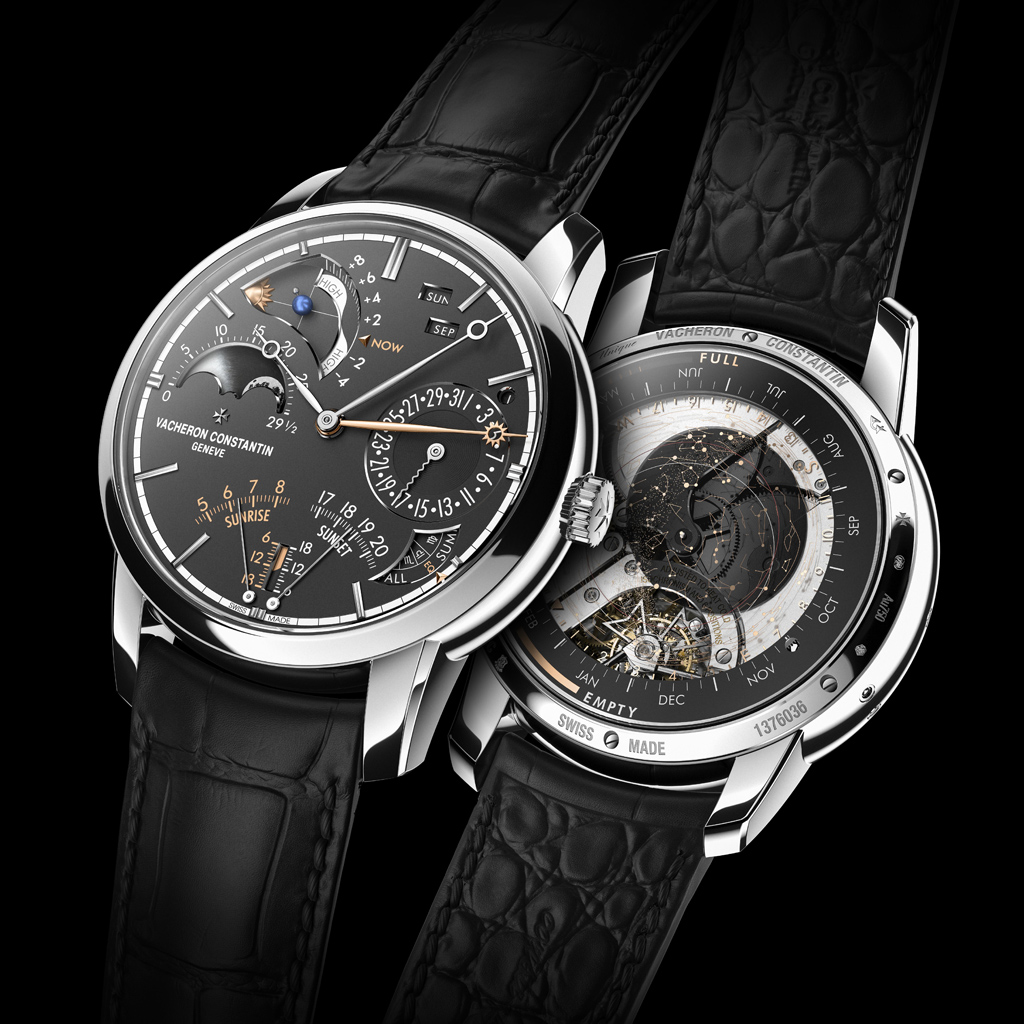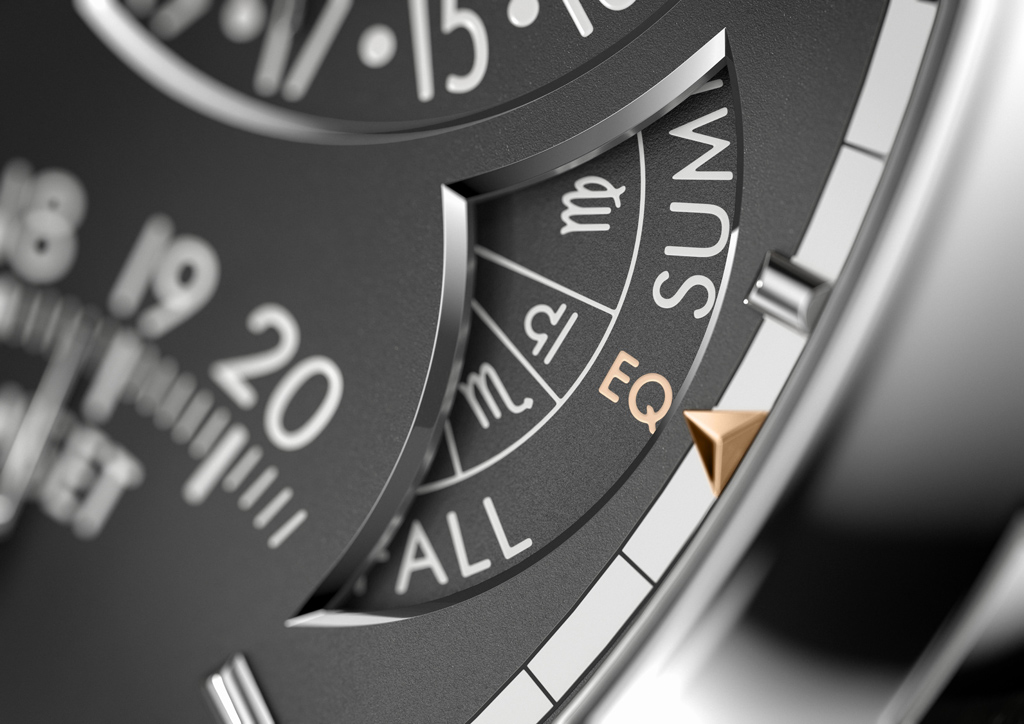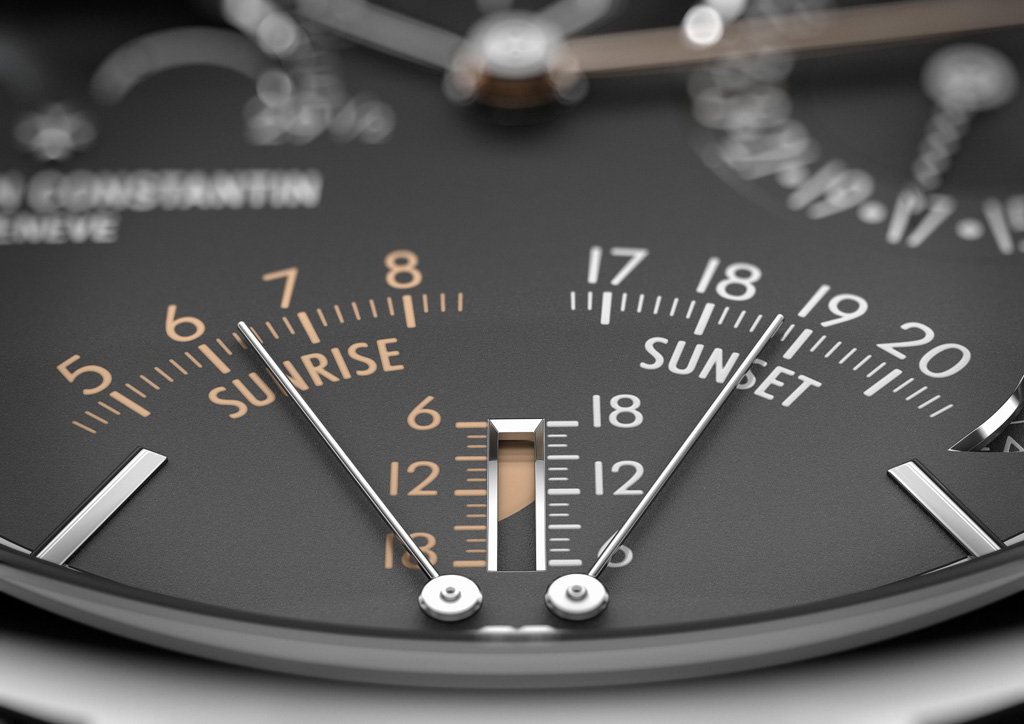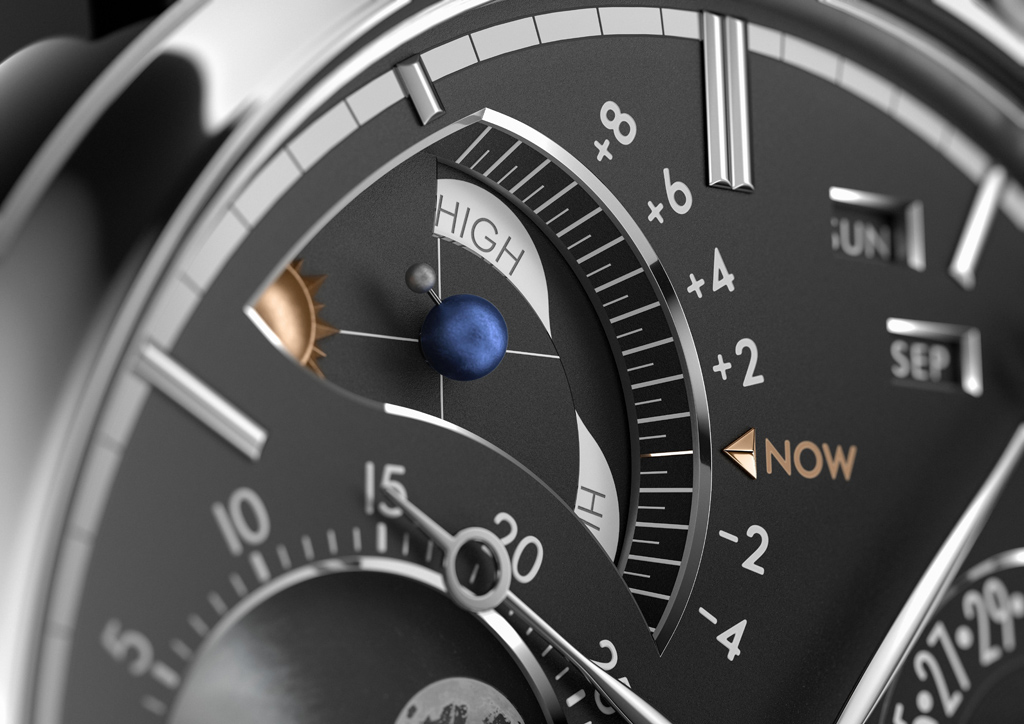
The Vacheron Constantin Les Cabinotiers Celestia follows in the same vein as the Reference 57260 pocket watch introduced by the maison in 2015; it’s the sort of monumental watchmaking we’ve come to expect from the manufacture since 1755.

For those unfamiliar, the Reference 57260 pocket watch was a bespoke pocket watch created in collaboration with one of Vacheron Constantin’s biggest collectors and sold for an untold sum estimated in the ballpark of USD10 million – Perhaps it’s easier to comprehend the scale of the Reference 57260 by the numbers: 57 complications. 2,826 individual components, 8 years of research and development and 3 watchmakers (2 of them are brothers). The new SIHH 2017 Vacheron Constantin Les Cabinotiers Celestia is the sum of 5 years of development (from scratch), 23 horological complications, 514 components and the work of 1 dedicated master-watchmaker; most importantly, unlike the Reference 57260, the SIHH 2017 Les Cabinotiers Celestia is actually wearable rather than a hefty trophy display piece.
As one can reckon, Vacheron Constantin has the prowess to handle the wonders of galaxy and define them in engineering terms in order to give life to the piece unique Les Cabinotiers Celestia Astronomical Grand Complication 3600 for SIHH 2017 – the ultra complication with 23 complications on twin dials is heir to an over 200 years lineage of astronomical timepieces. Expression of astronomical objects is not only closely bound with horology but also the inventive mechanical genius of calculating and computing each celestial interaction and movement in a context of time and space into a series of gears and pinions totalling 514 components is not just a tribute to the dance of stars but also human innovation. Thus, in the SIHH 2017 Les Cabinotiers Celestia, it is only fitting that Vacheron Constantin also rose to the challenge and successfully created a wrist-worn masterpiece which combines display of civil, solar and sidereal times via three separate gear trains.

Ill content to simply meet expectations for a close to 300 year old practitioner of the horological arts, Vacheron Constantin has managed to achieve a feat of epic watchmaking proportions by creating a fully integrated (yes, no modules) Calibre 3000 comprising 514 components into a diminutive movement bequeathed with 3 week power reserve and over 20 timekeeping and star-reckoning functions; all in 1825 days’ work for a Geneva manufacture in their element of watchmaking complexity in a process of continual refinement since the 19th century with the first pocket watches equipped with perpetual calendar, moonphases and sidereal time.

Time Keeping by the Stars and Tides
The SIHH 2017 Vacheron Constantin Les Cabinotiers Celestia represents the sum of watchmaking know-how and artistic talent – simply put, the ability to represent complex displays and computation in a manner that is not only aesthetically pleasing but eminently readable: standard or civil time is read as you would a traditional three hand watch on the front dial – it is a method of reckoning time familiar to all, based on the 24hour positions of the sun in relation to earth’s equator. For convenience, we assume the sun’s orbit is perfectly circular in this instance.

True solar time however, is based on on the trajectory of the sun specific to the day and calculated by its hour angle according to a specific place and time of the year – thus there’s a +14 to -16 minute difference when comparing solar and mean time. This occurs because the reality of the sun’s orbit is elliptical (an oval rather than round) – the sun is neither the centre the of this ellipse, nor does the Earth follow the oribit at the same speed consistently, especially with our own rotational axis tilted in relation to the sun’s orbit.







